"Did you know that neglecting autumn tree care can reduce a tree’s lifespan by up to 30%? Proactive tree care in fall is the secret to lasting, vibrant landscapes."
As autumn arrives and leaves begin to paint the landscape in brilliant shades of red, orange, and gold, it’s also the best time to take charge of your tree care routine. With days growing shorter and temperatures dipping, the steps you take now will determine whether your trees thrive through winter and explode with fresh growth next spring. Think autumn tree care tips are only for the professionals? Think again—implementing a few expert-backed strategies can transform your landscape faster than you ever expected, ensuring lush, resilient, and healthy trees year after year.
What You’ll Learn in These Autumn Tree Care Tips
- The essentials of autumn tree care for every property owner
- Effective fall tree care strategies used by certified arborists
- Transformative care tips for healthy, resilient trees
- Common mistakes to avoid and how to remedy them
- Step-by-step seasonal tree care schedules
Why Autumn Tree Care Tips Are Essential for a Healthy Landscape
Understanding the Impact of Fall Tree Care
Autumn is a pivotal season for trees. As the growing season winds down, trees store energy in their roots and prepare for dormancy during the colder winter months. Applying the right autumn tree care tips now determines whether trees emerge healthy and strong come spring. Poor fall tree care, by contrast, can invite pests, disease, or structural damage—and even shorten a tree’s lifespan. Many property owners underestimate the value of timely intervention, but fall is a great time to implement key care tips, from pruning and mulching to pest inspection, ensuring trees remain vibrant and resilient throughout the year.
Proactive efforts like inspecting for early warning signs of disease, applying a layer of mulch, and correcting soil nutrition are part of crucial autumn tree care routines. Arborists and experienced gardeners agree: autumn isn’t just about raking fallen leaves. It’s about setting trees up for long-term success by focusing on the health of the root system, moisture management, and protecting delicate species from harsh weather. This commitment pays dividends in stronger root growth, fewer dead branches, and an overall more beautiful, thriving property.
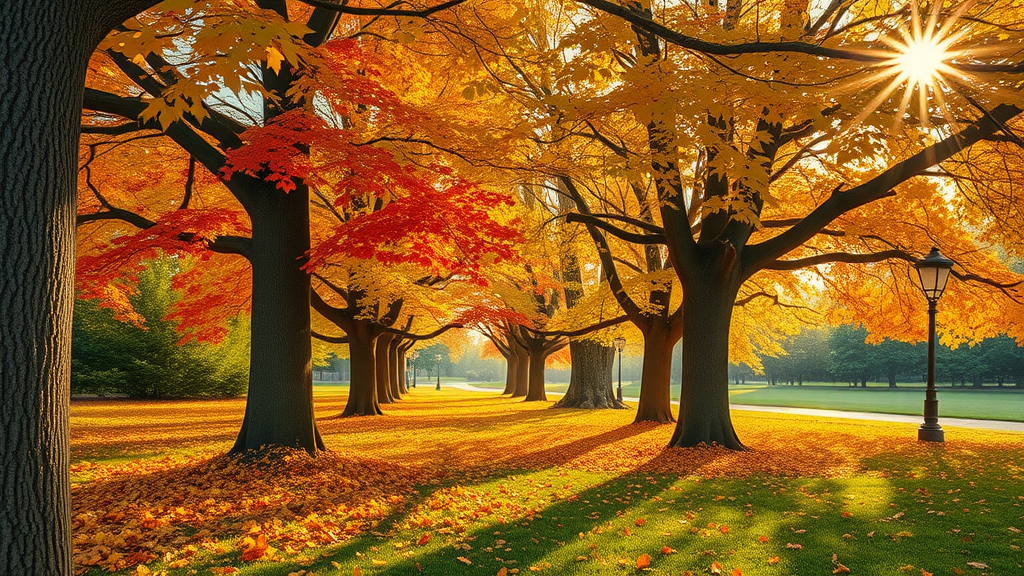
Benefits of Following Proper Tree Care Tips
Implementing fall tree care tips does more than just prevent problems—it actively promotes tree health, resulting in robust growth, improved disease resistance, and aesthetic appeal that elevates your entire property. A well-maintained tree not only adds financial value, but also offers environmental benefits such as improved air quality and shade. When property owners and caretakers commit to a few essential autumn routines—like deep watering, regular pruning, and the use of organic mulch—they’re positioning their trees to weather winter’s challenges and grow back stronger in spring and summer.
Certified arborists stress that every care tip—no matter how simple it may seem—has compounding effects when performed consistently. Efforts like removing debris, checking for pests, and attending to minor wounds or broken branches are all unique to the autumn season’s rhythm and can mark the difference between a struggling and a thriving landscape. Plus, autumn offers the perfect window for certain interventions, including establishing a mulch ring or commencing strategic pruning without risking excessive sap flow. The results are healthier, happier trees that need less intervention over time.
Top Autumn Tree Care Tips: Preparing for Colder Months
Assessing Tree Health: Early Warning Signs and Solutions
The first step in any successful autumn tree care program is a thorough assessment of tree health. Begin by looking for dead branches, cracks in the bark, or unusual leaf patterns, as these may be signs of disease or pest infestation. Early intervention can prevent minor issues from escalating into hazardous conditions during the harsh winter months. Inspecting the trunk and branches closely helps you identify structural weaknesses, areas with fungal growth, or damage caused by insects, all of which are best addressed before the ground freezes.
Certified arborists recommend paying attention to subtle changes, such as sap oozing from wounds, bark splitting, or wilted foliage late in the season. Each issue deserves prompt action—whether it’s professional pruning, disease treatment, or improving soil conditions to bolster the tree’s resilience. By using autumn tree care tips like routine health checks and employing solutions as needed, you give your trees a stronger start for the winter and help prevent costly problems in the future.
Soil Preparation and Mulching for Autumn Tree Care
Healthy soil is the foundation for tree vitality. During autumn, focus on improving soil structure and fertility by mixing in organic matter and ensuring the soil remains loose but supportive of the root system. Adding compost, aged manure, or leaf mold takes advantage of seasonal moisture and gives trees the nutrients they need to thrive through winter. Applying a 2–4 inch layer of mulch around the base of the tree (while keeping it away from the trunk) insulates roots, retains moisture, and suppresses weed growth.
A proper mulch ring extends to the drip line of the tree canopy and should be checked for evenness and depth. Regularly replenishing mulch as part of your fall tree care routine protects young roots from freeze-thaw cycles and maintains vital moisture levels when water can be scarce. Mulching serves as one of the most significant autumn tree care tips—it makes a measurable difference in how well your trees transition into dormancy and emerge in peak health next season.
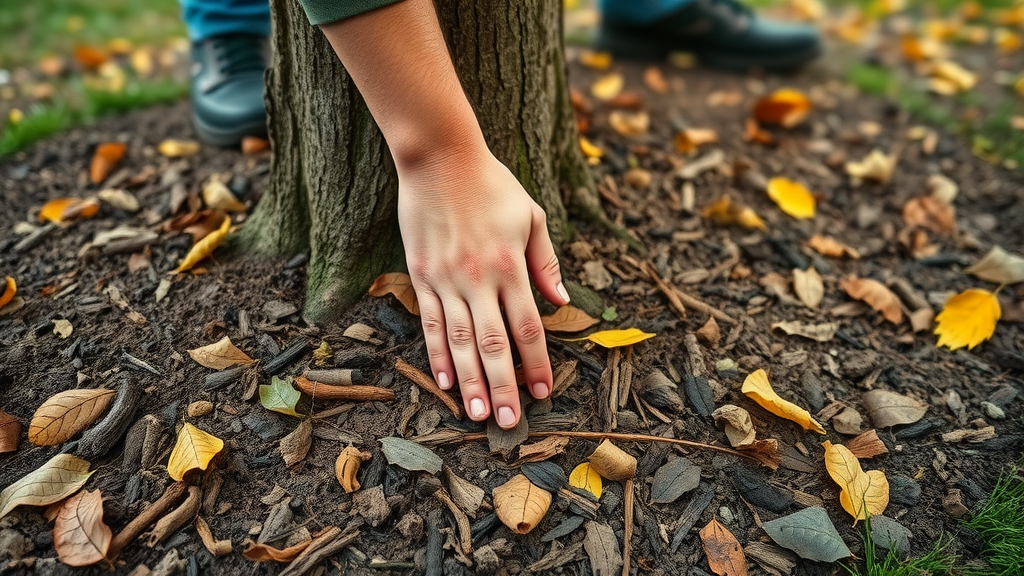
Watering Strategies: Fall Tree Care Tips for Moisture Management
Autumn is often a period of reduced rainfall, making moisture management a critical focus for tree care tips. Before the ground freezes, deeply water all trees—especially those planted within the last two years—to encourage a deep and healthy root system. Opt for thorough but infrequent watering rather than shallow, frequent sessions. This method allows water to penetrate deeply, reaching the roots instead of simply moistening the surface.
Monitor weather conditions and soil moisture levels to prevent both under- and over-watering. Installing a rain gauge or performing a simple finger test near the base of your trees will help you judge if your soil is moist enough. Trees in sandy soils may require more frequent watering than those in loamy or clay-rich environments. By following this fall tree care tip, you ensure your trees are hydrated and better equipped to resist stressors during winter, positioning them for robust spring growth.
Pruning Approaches: Expert Tree Care Tips for Autumn
Autumn presents an excellent opportunity to prune trees for shape, health, and safety. Focus on removing any dead branches, structurally unsound limbs, or branches rubbing against each other. For many species, late autumn is a good time to prune, as trees enter dormancy and wounds heal slowly, reducing the risk of sap loss and transmission of disease.
Prune strategically, avoiding excessive cuts and always using sharp, sanitized tools. Avoid pruning spring-flowering and certain fruit trees, as this could impact next year’s blossoms. For property owners unsure about advanced pruning practices, consult a certified arborist to ensure pruning choices enhance tree health. Regular pruning as part of fall tree care tips stimulates stronger growth, improves airflow, and reduces hazards caused by winter storms.
Specialized Fall Tree Care: Young, Mature, and Vulnerable Trees
Care Tips for Newly Planted Trees
Young trees require a little extra attention during the autumn months. After planting, create a generous mulch ring around the base—2 to 4 inches deep and several feet wide. This helps retain moisture, moderates soil temperatures, and protects delicate roots from sudden cold snaps. Keep mulch pulled back from direct contact with the trunk to prevent rot and rodent damage.
Deep watering is especially important as the root system establishes itself. Insert your finger into the soil to check for moist soil, and water when it feels dry 2 inches below the surface. Avoid over-fertilizing new trees; instead, allow them to focus energy on root growth. Stake young trees only if they’re exposed to strong winds or at risk of shifting, and always monitor the ties to prevent girdling. With careful attention and basic autumn tree care tips like these, newly planted trees are set up for a lifetime of healthy growth.
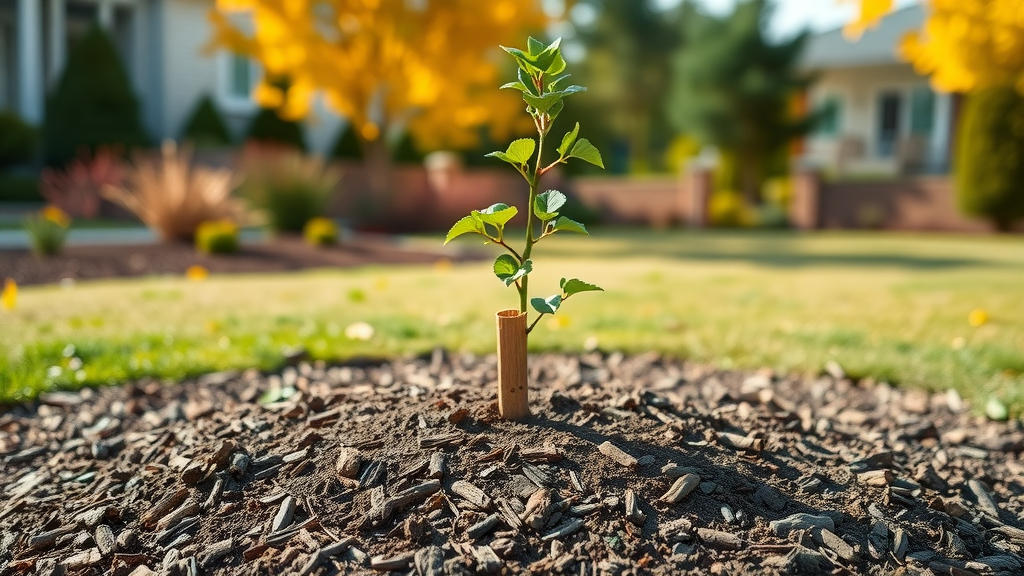
Supporting Mature Trees in the Fall
Mature trees are generally more self-sufficient, but autumn remains a critical time to address their unique needs. Start by inspecting the canopy for dead branches and areas where limbs may be encroaching on structures, power lines, or each other. Remove problematic branches and monitor the trunk for signs of fungal growth or cracking bark. Even established trees benefit from a fresh layer of mulch and supplemental watering during exceptionally dry autumns.
For older trees, aerate the surrounding soil to relieve compaction and encourage a thriving root system. Avoid drastic changes, such as heavy pruning or root disturbance, during this period. These strategic care tips allow mature trees to enter the winter months in peak condition—able to withstand wind, cold, and threats from ice accumulation.
Protecting Vulnerable and Sensitive Species
Certain trees—like thin-barked ornamentals or sensitive evergreens—require specialized protection in fall. Wrap trunks exposed to winter sun with burlap or commercially available protectors to guard against sunscald, frost cracks, and animal damage. Place a generous mulch layer around the base of your tree, and if heavy snow is expected, gently support the branches with ties or netting.
These autumn tree care tips are especially important for trees susceptible to freeze damage, such as recently transplanted species or those located in windy, exposed sites. By providing extra shelter and insulation, you ensure vulnerable and sensitive species not only survive but thrive into spring.
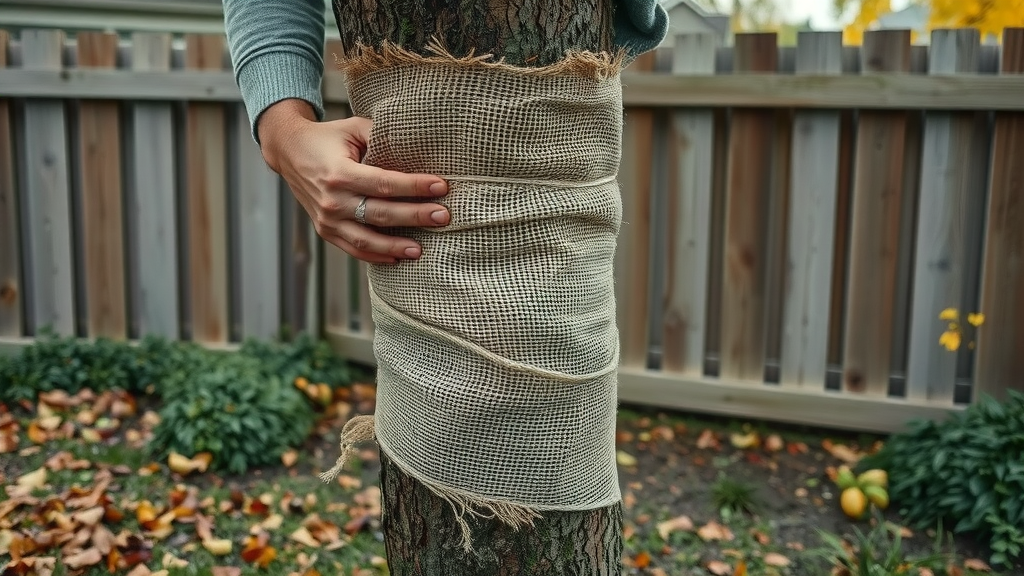
| Tree Age Group | Key Autumn Care Tips | Risks Addressed |
|---|---|---|
| Young |
|
|
| Mature |
|
|
| Sensitive |
|
|
Certified Arborist Advice: Professional Perspectives on Tree Care
"The best investment you can make this fall is in an informed tree care routine. Even minor adjustments yield lasting rewards." – Certified Arborist
How to Give Your Trees a Strong Start Before Winter
Certified arborists consistently emphasize preparation over repair. Their number one tree care tip for autumn? “Start early and be consistent.” As trees transition into dormancy, boosting root vigor through proper watering, mulching, and targeted feeding makes all the difference. Regular inspection and quick action on pruning or pest issues ensures your investment in fall tree care will yield visible dividends.
To give your trees the best chance at surviving winter and growing vigorously in spring, don’t hesitate to consult professionals. A certified arborist brings keen insight to complex issues, recognizing subtle threats and prescribing practical solutions. Even as a property owner, you can take the lead: keep maintenance records, photograph issues that arise, and always address concerns before the ground freezes.

Fall Tree Care Checklist: Key Steps for Every Property Owner
- Inspect for pests and disease
- Remove fallen leaves and debris
- Apply mulch and fertilizer
- Water deeply but infrequently
- Stake young trees for support
- Consult a certified arborist when in doubt
People Also Ask: Common Questions About Autumn Tree Care Tips
Which is the most common mistake made in tree planting?
The most common mistake is planting trees too deep or failing to break apart the root ball, which hinders root growth and can cause long-term stress for the tree. Ensuring proper planting depth and loosening roots is a key autumn tree care tip.
What do you do for trees in the fall?
In the fall, focus on mulching, pruning dead branches, deep watering, inspecting for disease or pests, and fertilizing if needed. These fall tree care tips prepare trees for dormancy and a healthy resurgence in spring.
What is the best thing to put around newly planted trees?
Use organic mulch, such as shredded bark or compost, placed in a 2-4 inch layer around the base—keeping it away from the trunk. This supports moisture retention and temperature moderation, which are essential care tips for young trees.
How do I keep my trees healthy?
Consistent watering, routine inspection, strategic pruning, and proper mulching are foundational autumn tree care tips to maintain tree vitality. Scheduling regular professional care can mitigate emerging threats, ensuring long-term health.
Autumn Tree Care Tips Video Guide
Watch our instructional video covering core autumn tree care tips, including mulching, pruning, watering, pest inspection, and consulting with a certified arborist for optimal seasonal health. Real-life, step-by-step demonstrations help you master every aspect of fall tree care.
Key Takeaways: Transforming Your Property with Autumn Tree Care Tips
- Early, consistent care ensures healthy, resilient trees
- Autumn is the ideal season for preventive maintenance
- Certified arborist advice amplifies results
- Checklist routines simplify seasonal management
Frequently Asked Questions on Autumn Tree Care Tips
When is the best time to prune trees in autumn?
The best time to prune trees in autumn is after trees have entered dormancy but before severe cold weather sets in. For most regions, this usually means late fall, once leaves have dropped and the risk of disease transmission is minimized. Always avoid pruning during unseasonably warm periods that could disrupt dormancy, and consult a certified arborist for species-specific advice.
Should I fertilize all types of trees every fall?
Not all tree types benefit from annual fall fertilization. Deciduous trees and those showing nutrient deficiencies may respond well to a balanced, slow-release fertilizer after a soil test. However, established or mature trees often require less frequent feeding. When in doubt, seek guidance from a certified arborist to determine the best care tip for your trees’ specific needs.
Can autumn tree care help prevent winter storm damage?
Absolutely! Autumn tree care tips like careful pruning, removing weak or dead branches, and maintaining proper moisture and mulch around the root zone significantly reduce the risk of storm damage. Proactive care makes trees more resilient against wind, ice, and fluctuating winter conditions, keeping your property both safe and beautiful.
Conclusion: Start Your Autumn Tree Care Today
Proactive autumn tree care ensures your landscape stays healthy, resilient, and striking year-round. Prioritize these tips now for vibrant trees next spring!
Share Your Insights on Tree Care—Call 203-271-7991 to Discuss!
To enhance your understanding of autumn tree care, consider exploring the following resources:
-
Autumn Tree Care: “What Can I Do?” offers practical advice on mulching, fertilizing, watering, pruning, and protecting trees from winter damage.
-
Fall Tree Care Tips provides insights into fertilizing trees, refreshing mulch, raking leaves, and conducting visual inspections to maintain tree health during the fall season.
These resources offer valuable insights to help you implement effective autumn tree care practices, ensuring your landscape remains vibrant and healthy.
 Add Row
Add Row  Add
Add 


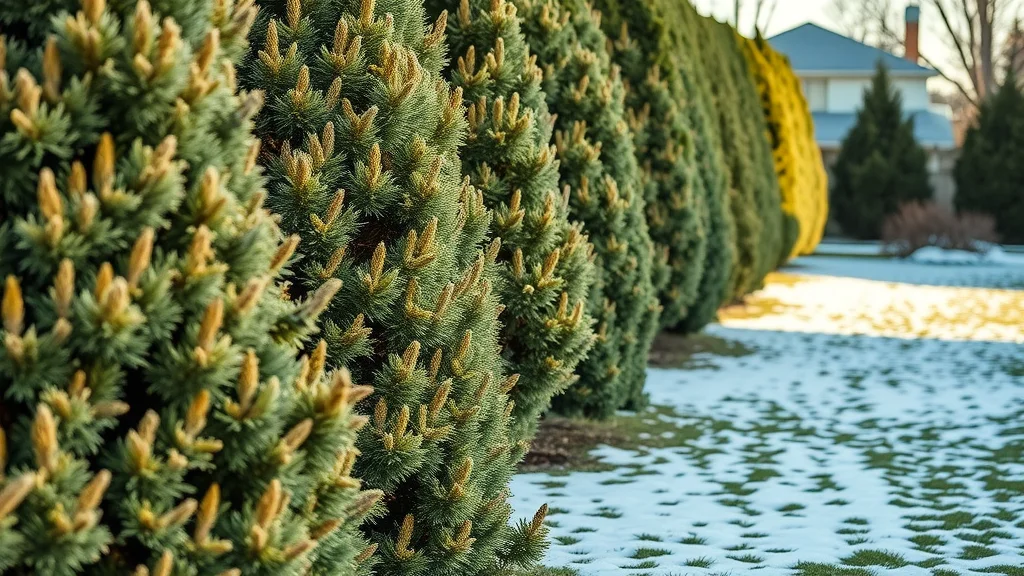
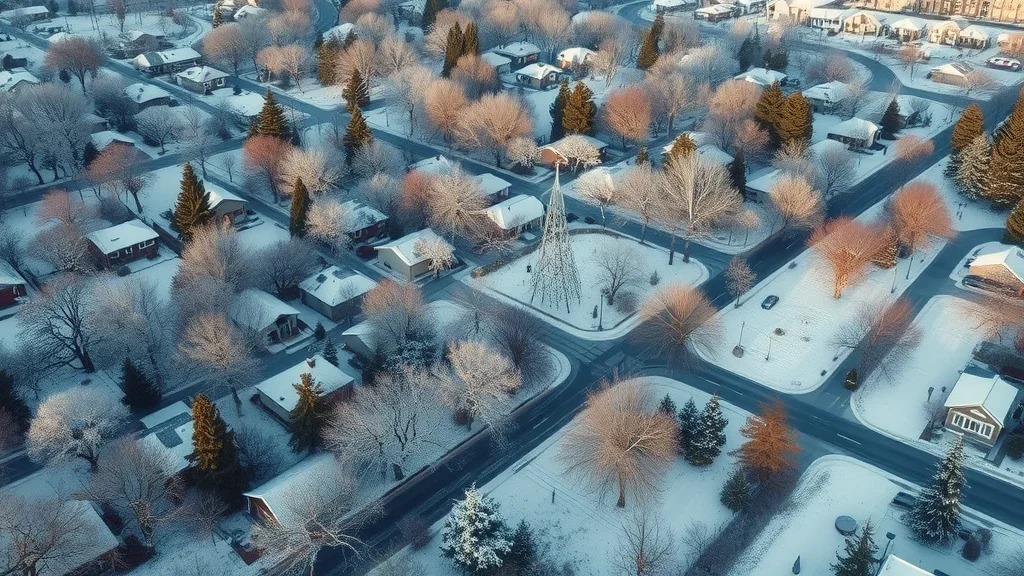
Write A Comment